Heritage Faro
Strategically positioned, Faro has always attracted diverse peoples, cultures and religions, something observable throughout the historical and architectural heritage.
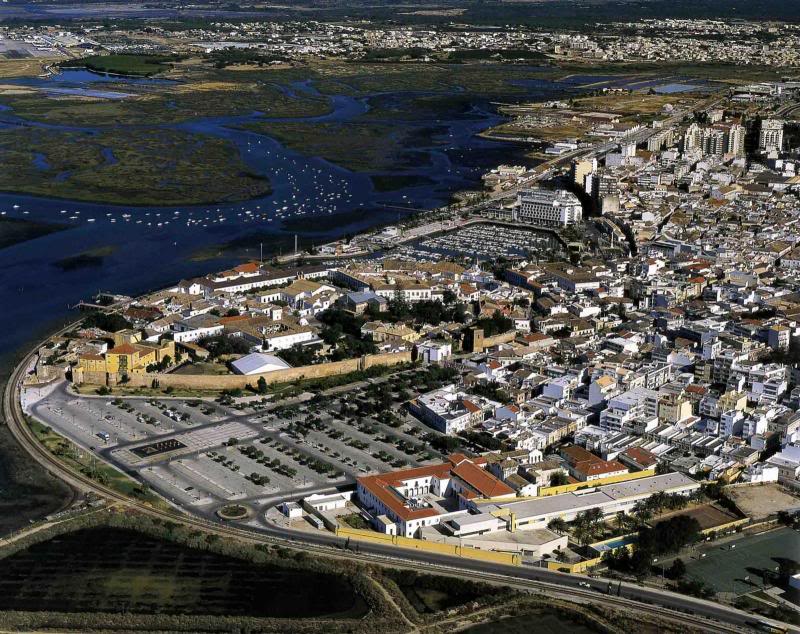
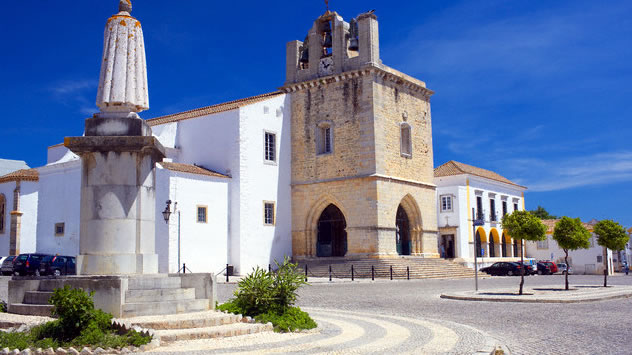
Cathedral – a Public Interest Monument, the church was built on the ruins of the ancient Roman temple, a mosque during the Arab period, adapted to the church after the conquest of King Afonso III. In 1577, was elevated to the seat of the bishopric, the year on which the change of the episcopal seat of Silves to Faro. The attack of the English troops and the earthquakes that shook the city forced the successive building reconstruction works, significantly altering its primitive moth. Currently, it was a building whose exterior reflects the intervention several times, with an interior features Renaissance and Baroque décor. This three-nave church, separated by Doric columns and round arches, has a chapel and seven chapels built in different periods, and stress are the altarpieces that are inside, some beautifully executed and the organ XVIII century with chinoiserie motifs. During the winter is open from Monday to Friday – 10: 00h to 17: 00h, Saturday: 10: 00h to 12: 30h, closed on Sunday. In the summer period, is open from Monday to Friday – 10: 00h to 18: 00h, Saturday: 10: 00h to 12: 30h, closed on Sunday. The service hours are Monday to Friday: 8: 45h, Saturday: 18: 00h, in July and August at 21: 30h, Sunday: 12: 00h.
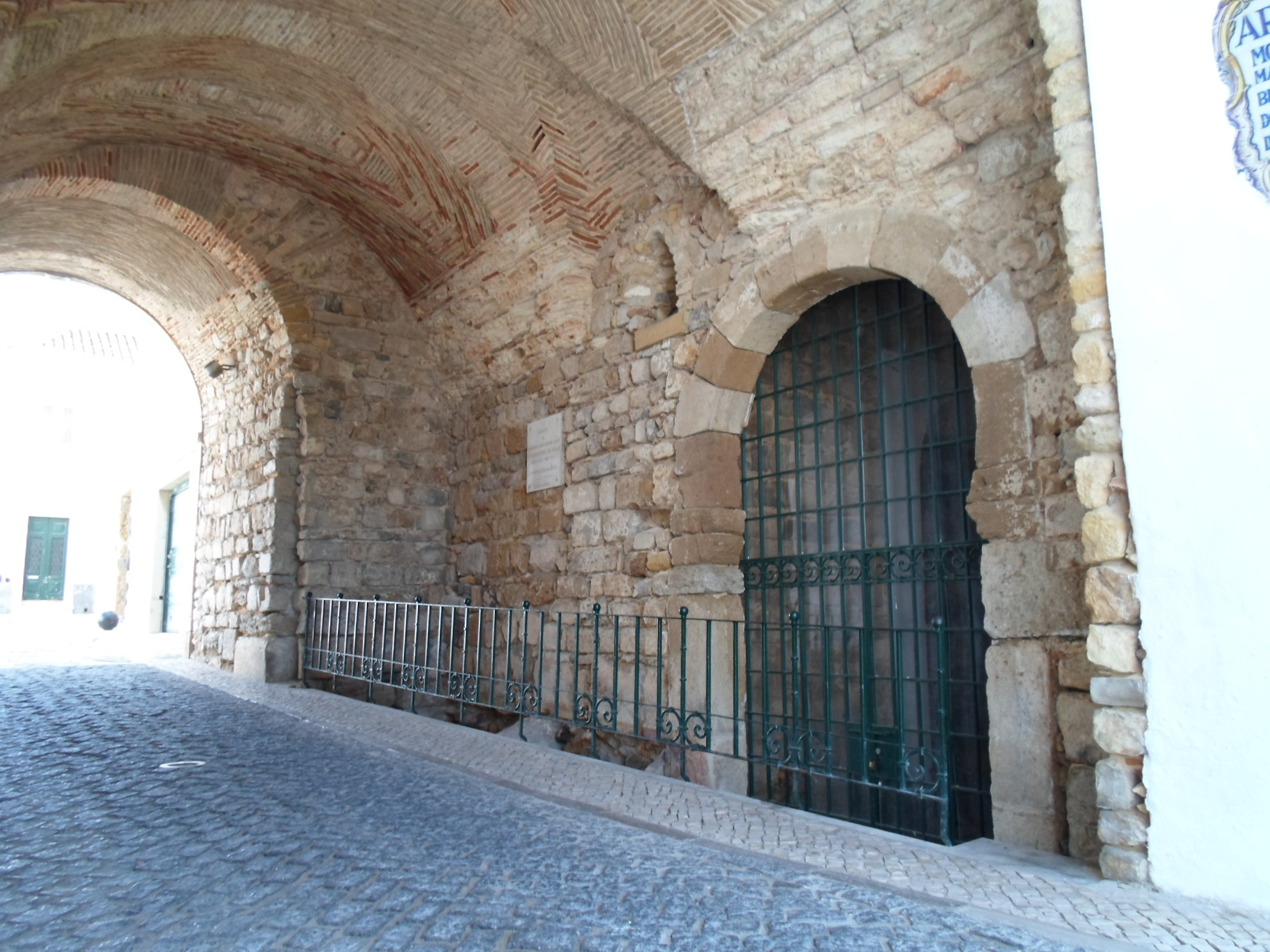
Arco da Vila and Arabic Door – a National Monument, one of the entrances of the walled enclosure was built by D. Francisco Gomes of Avelar, Bishop of the Algarve, and designed by Francisco Xavier Fabri, a Genoese architect. This monumental portal figure the image of St. Thomas Aquinas in a niche. With the intent of the sacredness of Vila-Adentro and the dignity of the old Queen’s Square, the current Jardim Manuel Bivar, opened in 1812. It is one of the most representative examples of neoclassicism in the Algarve. It is one of the entrances in the city of Faro in the Islamic period and dates back to the eleventh century. It is the only horseshoe arch in its place of origin in the Algarve. There is a legend associated with it that refers to the existence of an image of the Virgin, the walls, the Arabs lay the sea; from then on the land and the sea ceased to produce. The Arabs returned to place the image on your site and the land returned to bear fruit and sea fish in abundance.
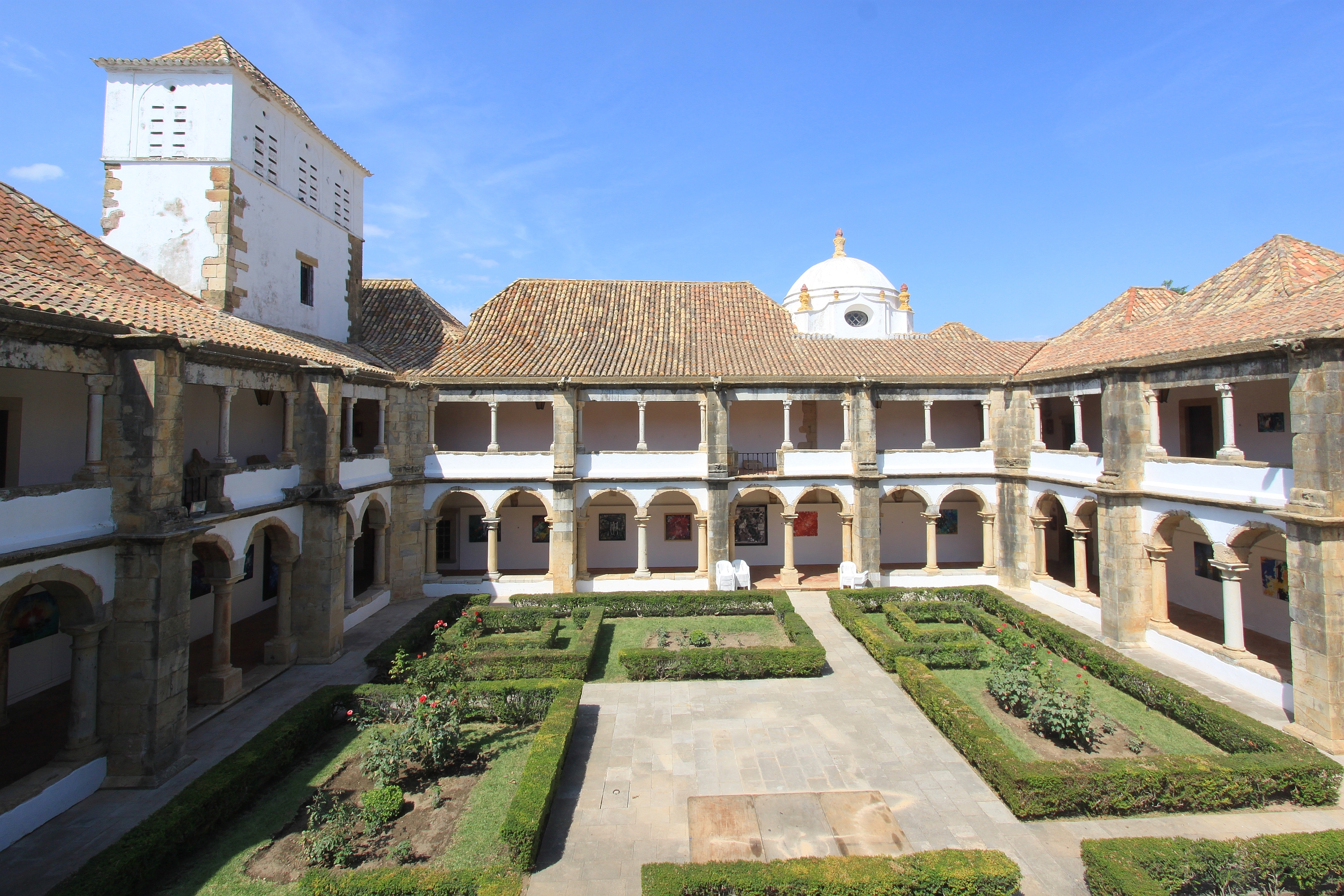
Convent of Our Lady of the Assumption – this is a building of Renaissance features, with a Manueline church with baroque dome and side entrance through a porch rebirth. Noteworthy is the cloister in Coimbrão style, two floors, with protruding buttresses, round-arches on the ground floor and architrave on the top floor and the animalistic decorative gargoyles. In 1519, Queen Leonor orders the building in the city of Faro, in the place that worked for centuries the prosperous Jewish quarter of Faro, a convent for the nuns of Santa Clara capuchas. The works initiated by Leonor are pursued by D. Catarina that it hires for Afonso Pires architect. In 1950 occurs to complete the construction of the convent of Our Lady of the Assumption or Convent of Nuns. However, the attack of the British in 1596 causes major damage to the building and together with the 1755 earthquake, the church and part of the dormitories collapse. In the nineteenth century the monastery is abandoned, the nuns going to the city of Tavira. The end of this century is purchased by individuals settling inside a cork factory. In 1948 it is classified as a national monument, being restored in the sixties. Since 1973 the building houses the Archaeological Museum and Infante D. Henrique – Municipal Museum of Faro. From October 1 to May 31 is open from Tuesday to Friday from 10: 00h to 18: 00h, Saturday and Sunday from 10: 30h to 17: 00h. Entrance fee, except on Sundays until 14: 30h. June and September open from Tuesday to Friday from 10: 00h to 19: 00h, Saturday and Sunday from 11: 30h to 18: 00h. Entrance fee, except on Sundays until 15: 30h. Between July and August, it is open from Tuesday to Friday from 10: 00h to 22: 00h, Saturday and Sunday from 14: 30h to 22: 00h. Entrance fee, except on Sundays until 17: 00h. Closed on Monday.
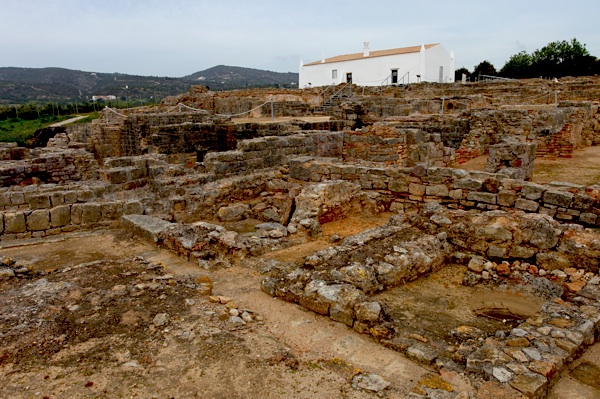
Milreu ruins – a National Monument, these ruins were discovered by Estacio da Veiga whose excavations began in 1877, it is a Rustic Villa inhabited since the first century AD, undergoes major changes in Century II / III, when passing the luxury building, noticeable even the remains of mosaics and marble. Villa develops around a central peristilo connected directly to the spa, large. The mention the gallery temple dedicated to the worship of water already in the fourth century A.D. and has been successively re-used to the Islamic period. In the Interpretation Centre of the ruins, you can see the model of the temple and some constructive aspects of the Villa, as well as replicas of imperial busts. In the summer, from May to September, it is open from 9: 30h to 13: 00h and 14: 00h to 18: 30h. In winter, from October to April from 9: 00h to 13: 00h and 14: 00h to 17: 30h. Closed on Mondays and holidays from January 1, May 1 and December 25.
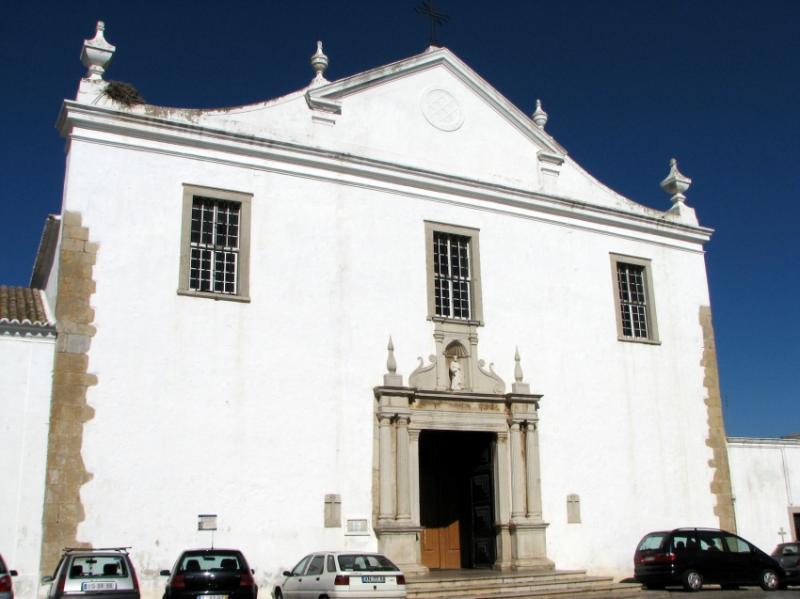
Mother Church of São Pedro – due to the transfer of the Cathedral of Silves to Faro in 1577, the Order of Santiago, who then occupied the Church of Santa Maria, is obliged to abandon it, going to build a new church on the site which has existed since 1518, a chapel founded by resident fishermen in the Ribeira district, thus resulting in the Church of St. Peter and Parish Church. A Public Interest Monument, with three naves, the highest center, separated by Doric columns and round arches in the Renaissance style. The chancel lies decorated with an altarpiece of the late seventeenth century, belonging to the period of the experimental baroque. An image in stone of Our Lady of Hope and an image of Santa Ana, attributed to the sculptor Machado de Castro, are part of the spoils of this church, which also includes screens and images from various convents. Is open Monday to Friday from 8: 30h to 12: 00h and 15: 00h to 18: 00h, Saturday from 9:00 am to 12: 00h and 15: 00h to 18: 00h on Sunday from 9:30 to 11: 00h. Worship schedule runs from Tuesday to Saturday at 18: 00h and Sunday at 11: 00h.
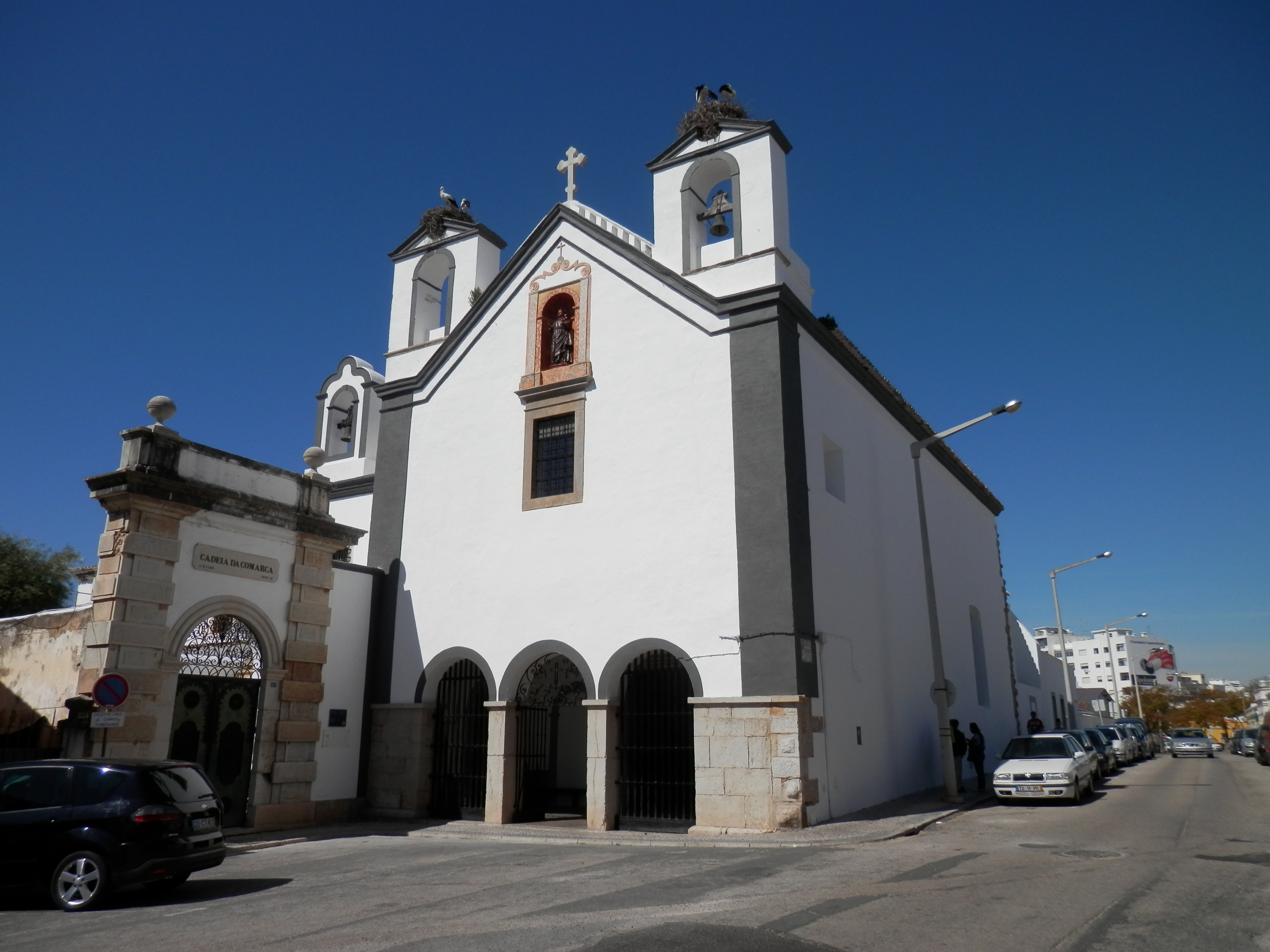
Convent Church of Santo António dos Capuchos – considered as a Public Interest Monument, was built in 1620 by Bishop John Coutinho. His works continued until 1622 and was inaugurated on June 13, the day of St. Anthony patron. In the early nineteenth century, due to the extinction of the religious orders, the convent of this church installed the National Guard, where up to today. They are also worthy of mention the work of tiles and carvings that are inside.



